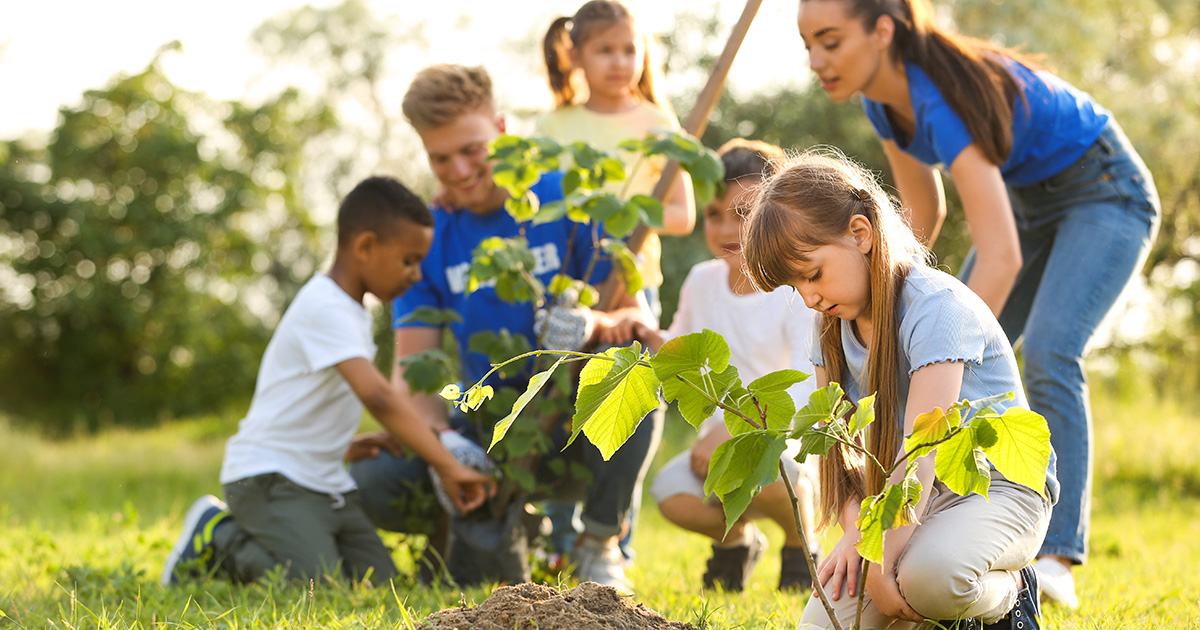School-Community Partnerships
Solutions for Educational Equity Through Social and Emotional Well-Being

 Schools and school districts are being asked to provide more and more services to students while being given few additional resources. This brief discusses how school districts can use partnerships with outside organizations and agencies to help provide those additional services. Partner organizations can help schools and districts build and strengthen healthy learning environments by bringing in additional programs and services and providing additional opportunities for schools to connect with families and other local community members. This brief first describes what school-community partnerships are and the evidence on whether partnerships can promote students’ social and emotional well-being and their academic success. It further reflects on how districts and schools can expand these partnerships to assist school transformation at three levels—the program level, the staff level, and the structural and policy level—while weaving in practical advice from district leaders with successful district-wide partnership systems.
Schools and school districts are being asked to provide more and more services to students while being given few additional resources. This brief discusses how school districts can use partnerships with outside organizations and agencies to help provide those additional services. Partner organizations can help schools and districts build and strengthen healthy learning environments by bringing in additional programs and services and providing additional opportunities for schools to connect with families and other local community members. This brief first describes what school-community partnerships are and the evidence on whether partnerships can promote students’ social and emotional well-being and their academic success. It further reflects on how districts and schools can expand these partnerships to assist school transformation at three levels—the program level, the staff level, and the structural and policy level—while weaving in practical advice from district leaders with successful district-wide partnership systems.
What Are School-Community Partnerships?
- They are respectful and collaborative partnerships between schools and outside organizations.
- Partners can provide academic enrichment activities, tutoring and behavior support, health and social services, and family and community engagement.
School-Community Partnerships Have Proven to Be Effective
- Studies show these partnerships can lead to:
- Stronger social and emotional skills development
- Enhanced student engagement (higher attendance rates and lower chronic absenteeism)
- Improved academic outcomes (higher test scores and better grades, higher rates of on-time grade promotion, and higher graduation rates)
Partnerships at Three Levels
- At the program level partnerships can:
- Provide additional learning experiences inside and outside the normal school day
- Offer individual support for students and their families
- Supply additional opportunities for meaningful relationships with adults
- Create deeper connections with families and communities
- Districts can strengthen partnerships at the staff level by:
- Including partner organizations in staff training related to social and emotional well-being, restorative behavioral practices, and equity
- Creating district- and school-level positions to manage relationships and foster school and partner communication
- Providing school principals and other administrators with the guidance and training needed to make partnership successful
- Districts can advance partnerships at the structure and policy level by:
- Developing formal ways for partner organizations to contribute to a school’s strategic plan
- Enabling data sharing between schools and partner organizations
- Developing district-level funding streams to help bring stability to partnerships







